Rank Species | Genus Anadenanthera Higher classification Anadenanthera | |
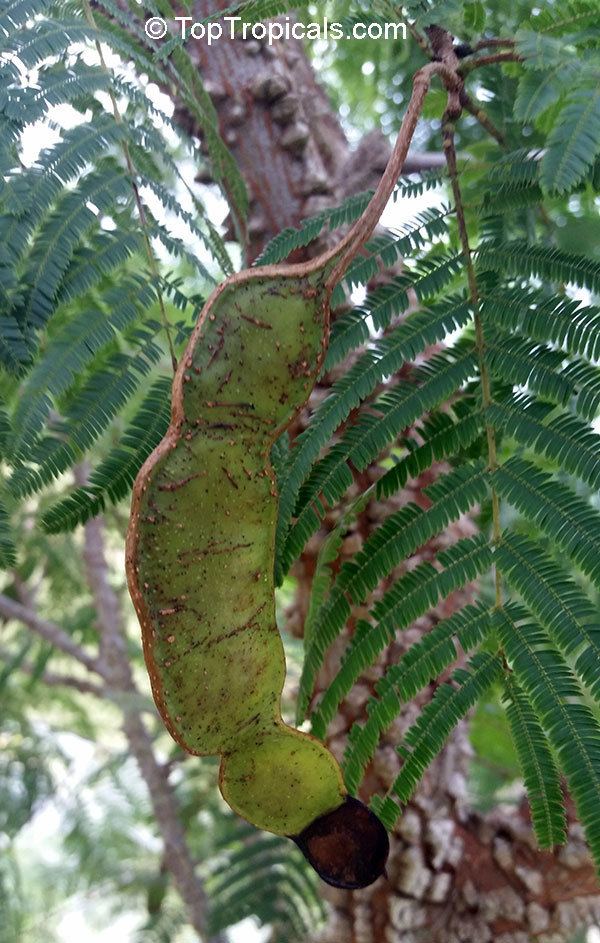 | ||
Similar Anadenanthera, Anadenanthera peregrina, Piptadenia, Myracrodruon urundeuva, Legumes | ||
Anadenanthera colubrina (also known as vilca, huilco, huilca, wilco, willka, cebil, or angico) is a South American tree closely related to Yopo, or Anadenanthera peregrina. It grows from 5 m to 20 m tall and the trunk is very thorny. The leaves are mimosa-like, up to 30 cm in length and they fold up at night. In Chile, A. colubrina produces flowers from September to December and bean pods from September to July. In Brazil A. colubrina has been given "high priority" conservation status.
Contents
- Nomenclature
- Geography
- Natural growing conditions
- Food
- Gum
- Tannin
- Vilca snuff
- Traditional medicine
- Wood
- Chemical compounds
- Botanical varieties
- References
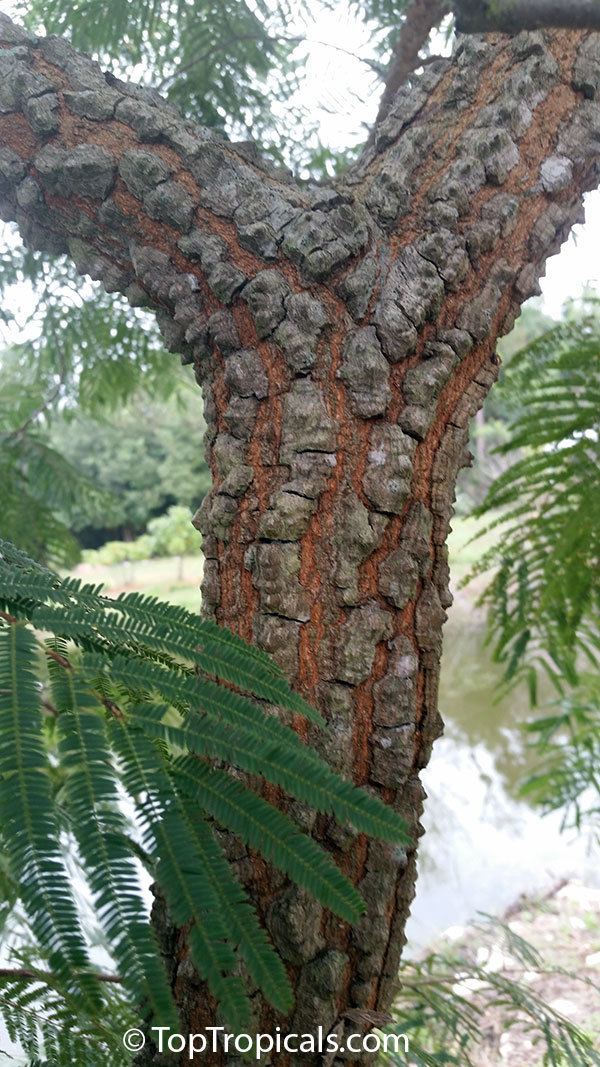
Nomenclature
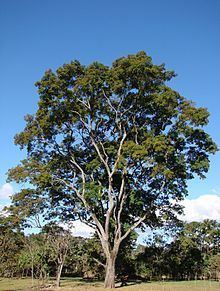
Anadenanthera colubrina is known by many names throughout South America. In Peru it is known as willka (also spelled wilca, vilca and huilca) which in the Quechua languages means "sacred".
Geography
A. colubrina is found in Argentina, Bolivia, Brazil, Ecuador, Paraguay, Peru, Cuba, and Mauritius.
Natural growing conditions
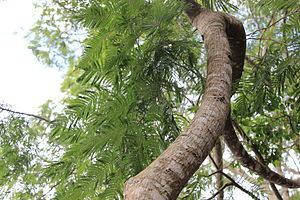
A. colubrina grows at altitudes of about 315–2200 m with roughly 250–600 mm/year (10-24 in/yr) of precipitation and a mean temperature of 21 °C. It tends to grow on rocky hillsides in well-drained soil, often in the vicinity of rivers. It grows quickly at 1-1.5 m/year in good conditions. The growing areas are often "savannah to dry rainforest." Flowering can begin in as soon as two years after germination.
Food
A sweetened drink is made from the bark.
Gum
Gum from the tree can be used in the same way as gum arabic.
Tannin
A. colubrina's tannin is used in industry to process animal hides.
Vilca snuff
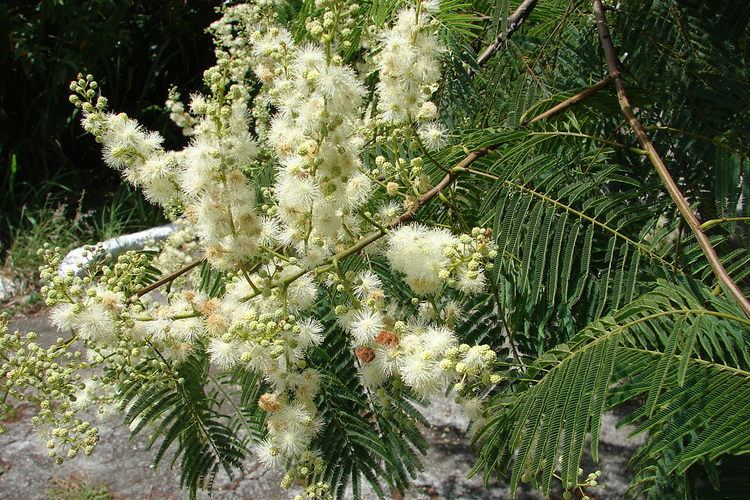
The beans of A. colubrina are used to make a snuff called vilca (sometimes called cebil). The bean pods are roasted to facilitate removal of the husk, followed by grinding with a mortar and pestle into a powder and mixed with a natural form of calcium hydroxide (lime) or calcium oxide. The main active constituent of vilca is bufotenin; to a much lesser degree DMT and 5-MeO-DMT are also present. A. colubrina has been found to contain up to 12.4% bufotenin.
It is also believed that the beans used in snuff by the Incas. There have been reports of active use of vilca by Wichi shamans, under the name hatáj.
Traditional medicine
The tree's bark is the most common part used medicinally. Gum from the tree is used medicinally to treat upper respiratory tract infections, as an expectorant and otherwise for cough.
Wood
In northeastern Brazil, the tree is primarily used as timber and for making wooden implements. "It is used in construction and for making door and window frames, barrels, mooring masts, hedges, platforms, floors, agricultural implements and railway sleepers." The wood is also reportedly a preferred source of cooking fuel, since it makes a hot and long-lasting fire. It is widely used there in the making of fences, since termites seem not to like it. At one time, it was used in the construction of houses, but people are finding it more difficult to find suitable trees for that purpose.
Chemical compounds
Chemical compounds contained in A. colubrina include:
The bark and leaves contain tannin and the beans contain saponin.
